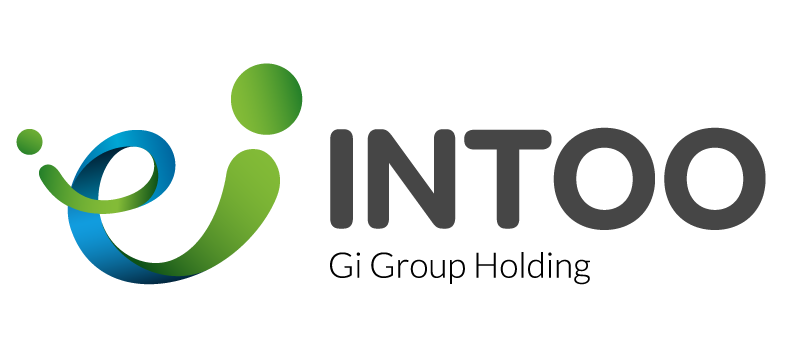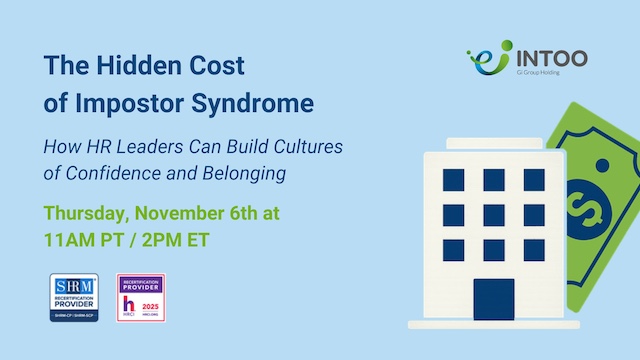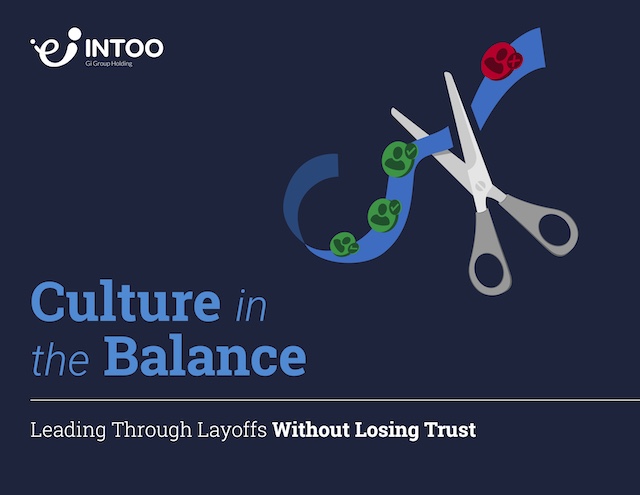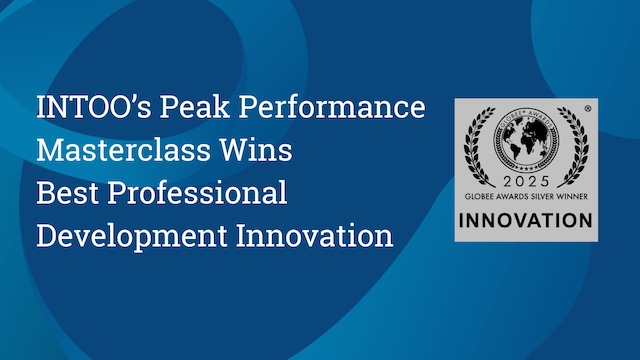Micro-retirement is a modern approach to work-life balance that challenges the traditional idea of retirement.
Instead of waiting until the end of a decades-long career to take a break, micro-retirement encourages people to step away from work at various points throughout their professional lives. These planned breaks are temporary and can range from a few months to a year or more, depending on personal goals and financial planning.
People take micro-retirements for a variety of reasons. Some use the time to travel or pursue creative interests. Others may need space to care for a family member, invest in personal development, or simply recover from burnout. The intention is not to quit working entirely, but to pause, reflect, and return with a renewed sense of purpose.
According to a survey from Side Hustles, an estimated 10% of workers are considering taking a micro-retirement, while 75% believe employers should offer policies like unpaid sabbaticals to support this approach. Among Gen Z and younger professionals in the U.S., interest is driven by the desire to avoid burnout and seek greater fulfillment without abandoning their careers entirely.
This shift reflects changing values around careers, especially among younger generations. More workers today are seeking flexibility and fulfillment rather than following a rigid timeline.
Micro-retirement offers a way to build a sustainable career that allows for the ups and downs of real life, rather than forcing life to fit within work’s constraints.
Micro-Retirement vs. Sabbatical: What’s the Difference and Why It Matters
While both micro-retirements and sabbaticals involve taking extended time away from work, the key differences lie in purpose, structure, and long-term intent. A micro-retirement is typically a self-funded, self-initiated break from employment, taken with the intention of enjoying life now rather than deferring personal goals until traditional retirement. It may involve traveling, pursuing hobbies, or simply stepping away from the grind for a meaningful reset. There is generally no expectation of returning to the same employer or role.
In contrast, a sabbatical is usually an employer-approved leave of absence that is sometimes paid, sometimes unpaid, and offered as a professional development or wellness benefit. It’s more structured and is often tied to specific milestones, like years of service. Sabbaticals tend to be shorter in duration and come with a formal plan for returning to work, often with the same organization. While both paths can help prevent burnout and promote long-term well-being, micro-retirement is more about redesigning your lifestyle over time, while a sabbatical fits neatly within a traditional career trajectory.
How Micro-Retirement Affects Organizations
While micro-retirement can offer personal benefits to individuals, it often creates significant challenges for organizations. Many employees who take these extended, informal breaks do not return—or if they do, it’s without a clear plan for reintegration. This lack of structure makes workforce planning unpredictable, disrupts team continuity, and can result in the permanent loss of experienced talent.
Without a defined timeline or expectations, managers may be forced into reactive hiring or redistribution of responsibilities, leading to increased workloads for remaining staff and potential burnout within the team. In high-skill or relationship-driven industries, the departure of key individuals can also stall strategic initiatives and weaken customer or partner relationships. Over time, repeated occurrences can erode institutional knowledge and compromise long-term business stability.
Why Companies Should Implement Sabbatical Programs
1. Encourage renewal without permanent departure
Why it’s better than micro-retirement: Micro-retirement often leads to employees leaving for good, taking their skills and knowledge with them. Sabbaticals provide employees with the same restorative time away, but with a defined return date and a role waiting for them. This allows organizations to benefit from a refreshed, re-energized employee without the disruption of losing them entirely.
2. Turn inspiration into business growth
Why it’s better than micro-retirement: With micro-retirement, fresh ideas may never return to the company because the employee doesn’t come back. Sabbaticals create space for employees to explore new cultures, industries, and perspectives, then bring that insight directly into the organization. That inspiration can fuel innovation, open new markets, or reveal untapped opportunities, while keeping the talent in-house.
3. Support personal growth while retaining talent
Why it’s better than micro-retirement: Micro-retirement forces employees to choose between personal goals and their career, and many choose to prioritize personal life permanently. Sabbaticals allow employees to pursue personal passions, from learning new skills to caring for family, without severing their professional ties, ensuring both personal fulfillment and career continuity.
4. Strengthen team capability and leadership depth
Why it’s better than micro-retirement: When someone leaves permanently through micro-retirement, an external hire often fills their role, and internal growth opportunities may be lost. With sabbaticals, team members temporarily step into new responsibilities, gaining valuable leadership skills and experience. When the returning employee resumes their role, the team retains this expanded capability, making the whole organization stronger.
5. Build loyalty through long-term career planning
Why it’s better than micro-retirement: Micro-retirement reflects short-term thinking; employees leave because they don’t see a path for balance within their current company. Sabbaticals send the message that the organization is invested in the whole arc of an employee’s career, rewarding longevity with meaningful time off. This creates a powerful incentive to stay, reducing turnover and protecting institutional knowledge.
6. Signal a culture that values people, not just output
Why it’s better than micro-retirement: Micro-retirement is often a sign that an employee feels undervalued or unsupported. Offering sabbaticals proactively shows that the company understands employees’ need for balance and renewal. This strengthens employer branding, helps attract high-quality talent, and reinforces a workplace culture where well-being and long-term contribution matter.
Conclusion
The rise of micro-retirement reflects a fundamental shift in employee priorities, but its unstructured nature often leads to permanent departures that can disrupt business continuity. Sabbaticals offer a more strategic solution, delivering the same renewal and personal growth benefits while ensuring a planned return.
As work becomes increasingly dynamic and employee expectations continue to evolve, structured career breaks like sabbaticals can help organizations retain talent, maintain momentum, and build a reputation for progressive leadership.
By embedding these programs into workforce planning, companies respect the whole employment journey while protecting operational stability, ensuring that employees can thrive across multiple chapters of their working life without stepping away for good.
Your business can be prepared to offer sabbaticals by increasing its diversity of skills through leadership training, employee workshops, and more, creating a resilient and flexible workforce. Contact us to learn how we can help.











